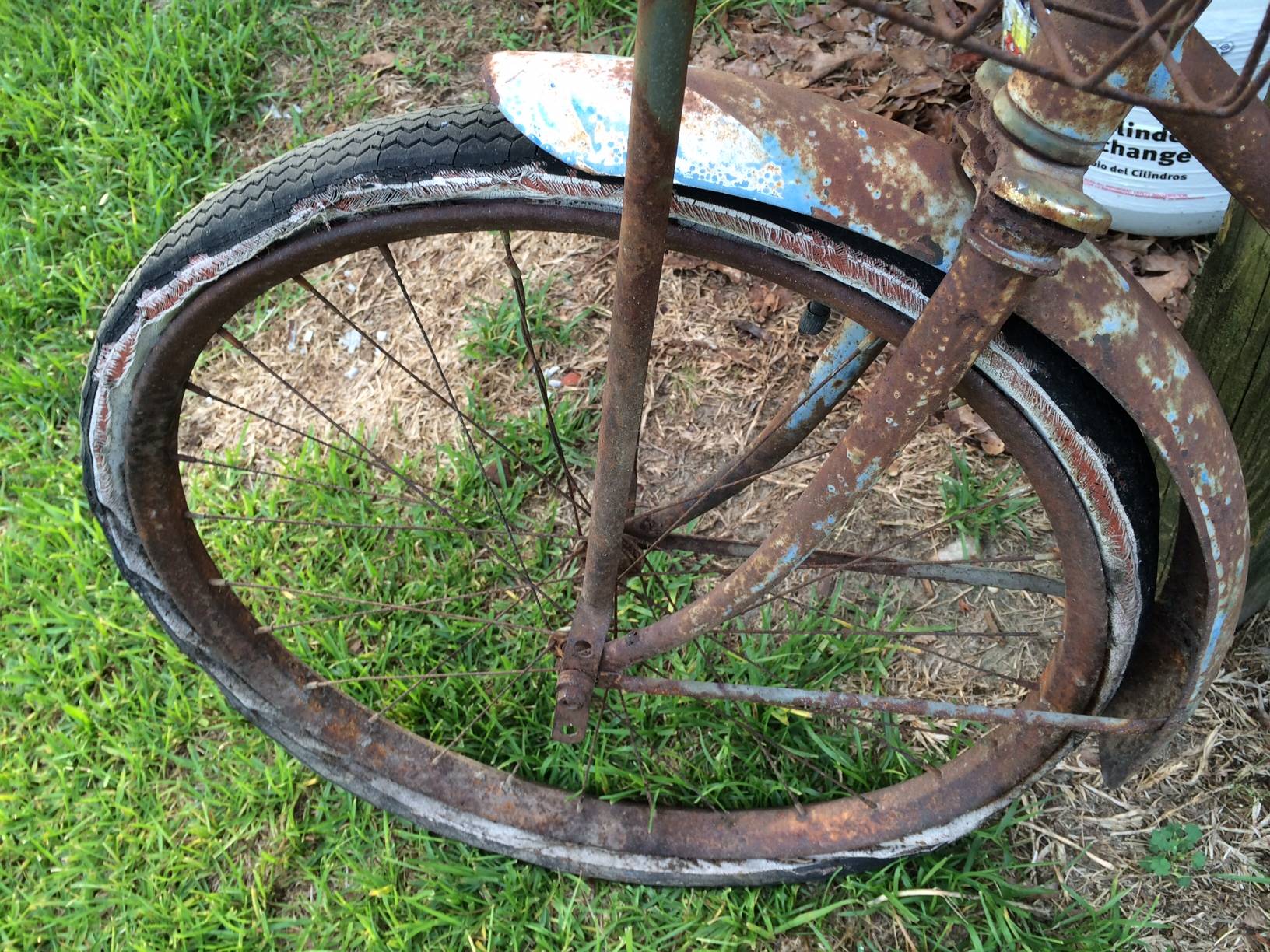During the 1980s, Murray bicycles varied in style and quality. One of the rarer models was the Murray cruiser bike with a 26-inch frame, made for only a short period of time during the early 1980s. Murray also manufactured budget BMX bikes on 20- to 24-inch frames during the early years of the decade. BEESTON HUMBER FRAME NUMBER DATING. ELSWICK HOPPER FRAME NUMBER DATING. The following dated bicycle frame numbers from the Singer Car Club (not guaranteed): 1903 – 142069. I started to collate frame numbers from 1890s-1920 Triumph bicycles, and will update it.
- Murray Bicycle Serial Number Chart Free
- Murray Bicycle Serial Number Chart Generator
- Western Flyer Serial Number Lookup
Murray Bicycle Serial Number Chart Free
Identifying a straight bar, cantilever, and DX frame
Since Schwinn first introduced the balloon tire bike in 1933 there have been a number of different frames used. The very early frames were of the motorbike or camel back style. The Aerocycle had a unique frame and there was a double bar roadster frame as well as a camel back in the later style frames as well.
This article is not going to cover all the varieties of frames Schwinn built through the years of which there are many. Essentially there are three basic styles; the straight bar, the DX, and the cantilever frames. Many different models were built on these frames. I am not going to try and associate the models to the frames because both straight bar and cantilever frames were used for Autocycle models and trying to explain Motorbike, Cycleplane, Standard, Super Deluxe, etc… gets complicated. This article will not cover either girls or juvenile models. The girls frames were pretty much the same and were differentiated between model lines largely by paint schemes or equipment e.g. tank, light, or rack. The juvenile models mimicked the adult models to a large degree. In the prewar years Schwinn offered their boys 26” tire models in several different frame sizes (16”, 18”, and the so-called ‘tall frame’ 20”). After the war all boys 26” tire frames were 18”.
While this may seem obvious the first thing to do is to make sure you are looking at a Schwinn frame. This is not as simple as it sounds because nearly all manufacturers made very similar frame styles. You will need to pay attention to paint schemes and colors, seat binding posts, drop outs, serial number structure, font, and size, welding construction, and other ‘tells’.

Prewar frames discussed here will have the following characteristics: rear facing dropouts (Fig. 1), no built in kick stand provision, and the head tubes on boys models are shorter than girls models which means the forks will not interchange. There are other differences between pre and post war frames but these are the main characteristics.
Post war frames will have front facing dropouts (Fig. 2), the head tubes are the same size between boys and girls bikes which means the fork whether an Ashtabula, truss, or springer will interchange. Except for some low tier ‘50s models all bikes will have a built in kick stand (Fig. 3). Middleweight frames (tire size 26” x 1 ¾”) will be narrower than balloon tire bikes.
A quick way to determine whether a frame is a balloon tire or middleweight (cantilever or straight bar) is the “three finger method”. An adult male with average size hands should be able to get three fingers comfortably through the rear seat cluster triangle on a balloon tire frame (Figs. 4, 4-1). Not so on a middleweight frame (Figs. 5, 5-1)
As previously mentioned the first balloon tire bikes had either a motorbike or camel back style frame. Starting in 1935 Schwinn introduced a new style frame. The first design straight bar frame is generally called a ‘double diamond’ due to the straight seat stays which create a triangle or diamond shape to match the front part of the bike (Fig. 6).

For 1936 the straight bar frame had curved seat stays and this feature would remain through the end of production of the straight bar frame (Fig. 7).
In 1938 Schwinn introduced the iconic cantilever frame (Fig. 8). Since its introduction the cantilever frame has been copied by nearly every bicycle manufacturer.
In 1939 Schwinn introduced a budget minded line called the DX. At first glance the DX frame (Fig. 9) looks very similar to the straight bar frame. Upon closer inspection however you will notice that the bottom bar (underneath the top tube) has a slight curve to it. For this reason the tanks between a straight bar and a DX will not interchange. The first year frame (1939) shown in Fig. 9 has built in drop stand ears. 1940 and later DX frames will not have these ears and look like Fig. 1. This is one of the few Schwinn frames to ever have this feature. The DX frame was only used until 1953 which is before Schwinn introduced its middleweight line so all DX frames are balloon tire bicycles.
Murray Bicycle Serial Number Chart Generator
Western Flyer Serial Number Lookup
By identifying whether or not a frame is pre or post war along with the style it will aid in potentially narrowing down the model of bike even if it lacks other identifying features such as a name on a chainguard which is never found on prewar bikes. As mentioned above there are many other differences on these frames, Besides the different sizes the straight bar and DX frames may have straight or curved down tubes and the tanks for B and BC straight bars will not fit C model straight bars and vice versa.
Armed with this information you should be able to determine whether you have a straight bar, DX, or cantilever frame. Enjoy the ride!